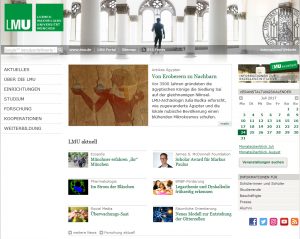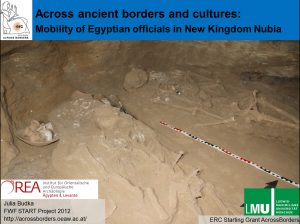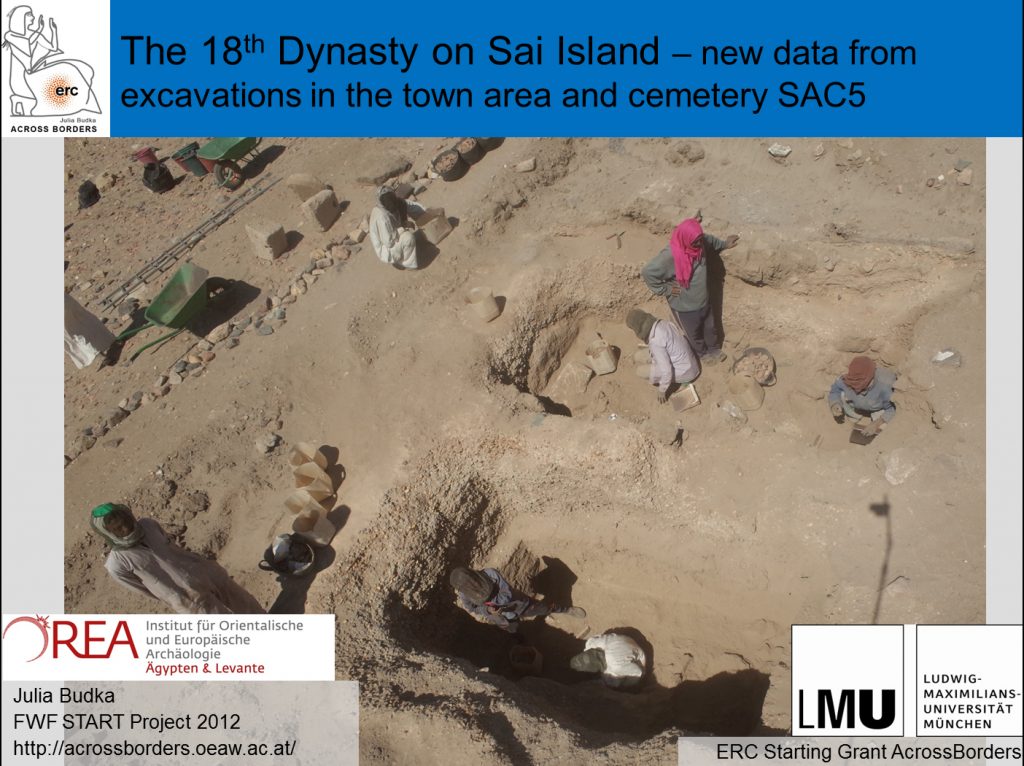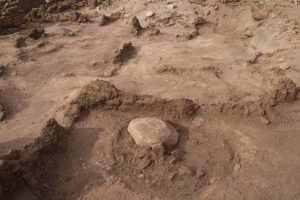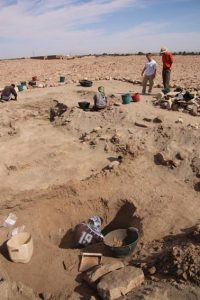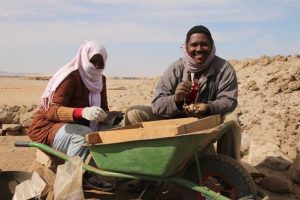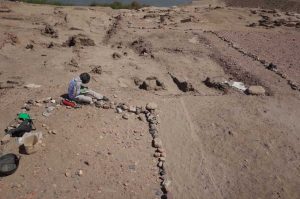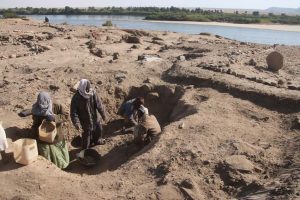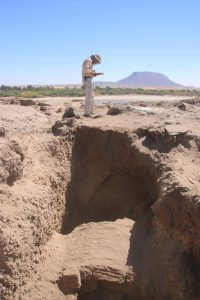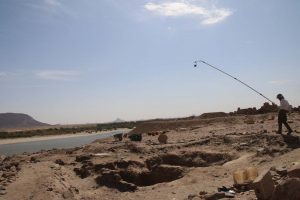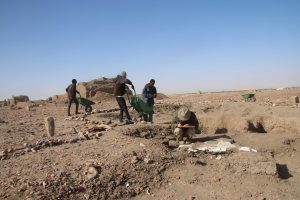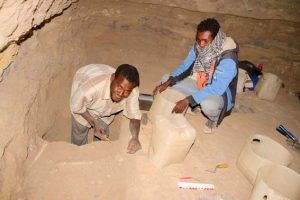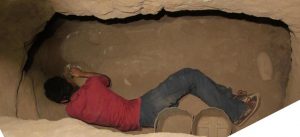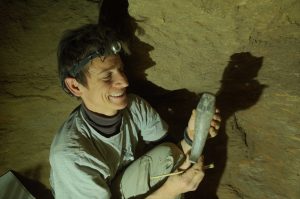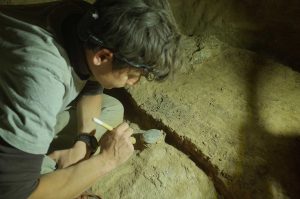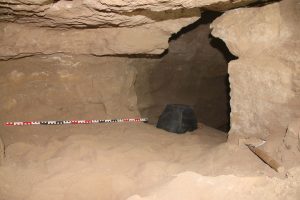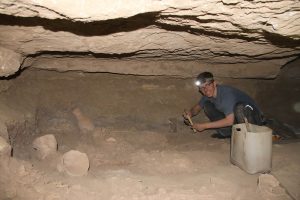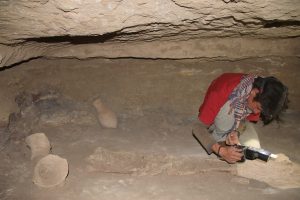Summer has definitely arrived in Munich, the teaching term has almost ended and our AcrossBorders conference is quickly approaching.
In the last weeks, Khnummose and his tomb at Sai has received quite some attention, see e.g. an article by Owen Jarus on Life Science (https://www.livescience.com/59534-ancient-nubia-tomb-of-gold-worker-found.html). Interestingly, most articles focused on the question whether the people buried in Tomb 26 were mummified or not – I will discuss this issue as well as other aspects at the upcoming Sudantag of the Staatliches Museum für Ägyptische Kunst, July 29.
Some of the general aims and preliminary results by the AcrossBorders project are presented today on the LMU website. With a small photo gallery, the most important aspects of our work on Sai Island are addressed, focusing on the complex relations between Egyptian and Nubians in the New Kingdom.
Being very proud of and grateful for all the attention paid to Khnummose and other discoveries by AcrossBorders, I am very much looking forward to our upcoming international conference.

